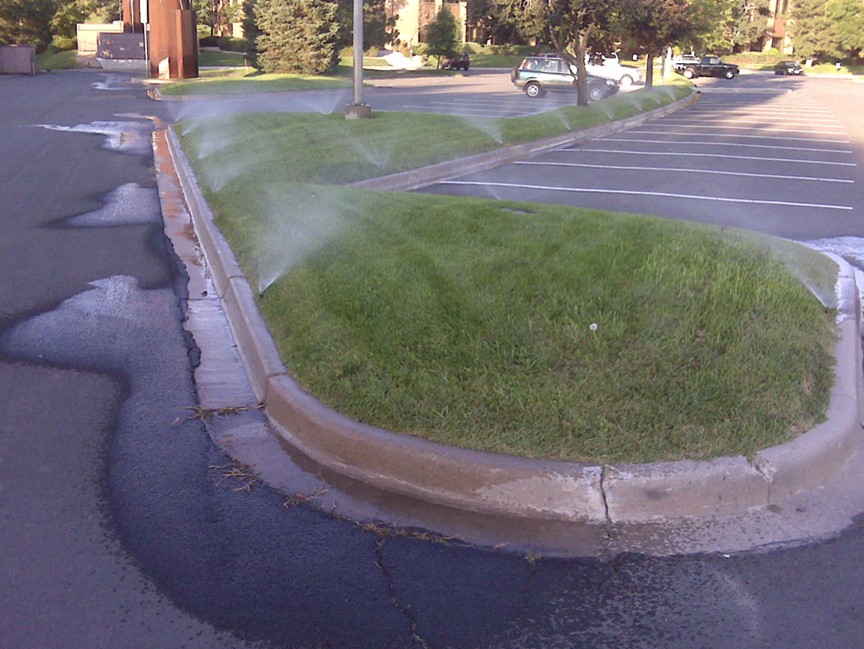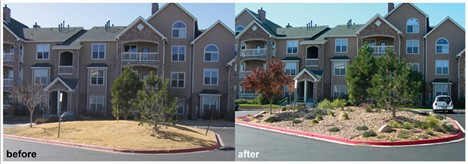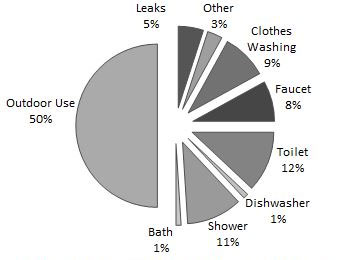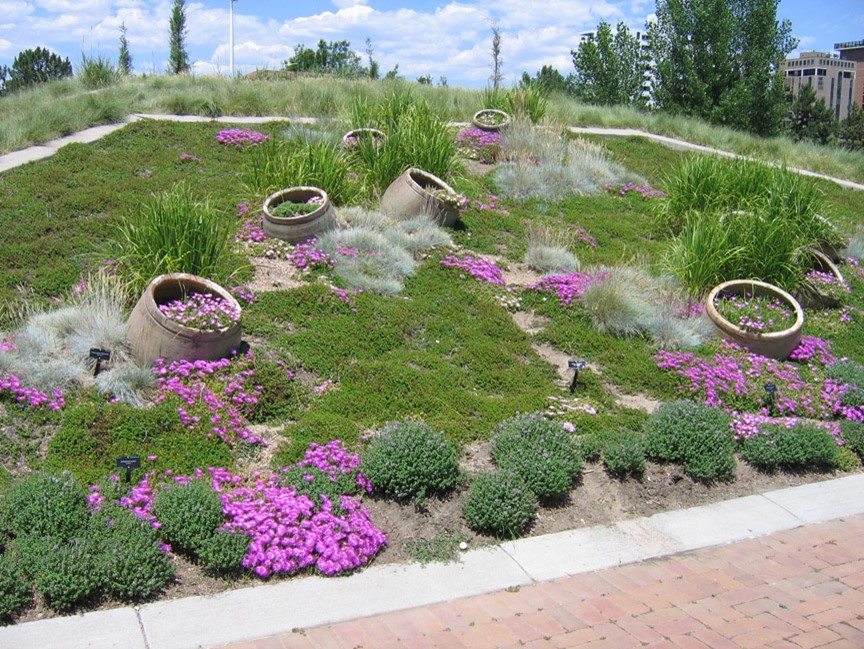With recent news headlines (https://abcnews.go.com/US/happen-colorado-river-system-recover-historic-drought/story?id=98475953) warning of the extreme drought conditions hitting the western U.S. and the region that makes up the Colorado River basin, cutting water use has become top of mind for many citizens and leaders in Colorado and beyond. One city in Colorado has approved a plan to cut water use in the face of this historic drought, and this plan is raising some eyebrows and generating its own headlines due to its potential impacts.
In the summer of 2022, the city council for Aurora (Colorado’s third largest city), approved restrictions on high water turf lawns for all new construction. Originally proposed by Aurora mayor Mike Coffman, all ten members of the city council voted to approve the new ordinance which limits the amount of turf lawns in new developments and golf courses. (https://www.denverpost.com/2022/08/23/aurora-limits-grass-lawns-golf-courses-water-usage/)
The ordinance prohibits water guzzling turf lawns in common areas, medians, curbside landscape and front yards. In back yards, lawns must be equal to or smaller than 45% of the area, or 500 square feet, whichever is smaller. However, an exception was included to allow front yard turf lawns for residences whose backyards are too small to fit the 45% or 500 square feet threshold.
Perhaps most importantly, the ordinance restricts turf from being used merely for decorative purposes in common areas unless it is for use in “active or programmed recreation areas.” The skinny strips of lawn often found in older commercial developments which are inefficiently irrigated as water over-sprays wastefully on to nearby walks, streets and parking lots, will hopefully become a relic of the past.

Considering that the typical high-water lawn needs 25″ of water annually to look good and green, and Aurora (as well as most of the front-range urban corridor of Colorado) only receives 15″ of natural precipitation all year, reducing or eliminating non-active or un-programmed turf lawns is a very easy way to reduce urban and suburban water use.
This is why another recent headline grabbing story regarding reducing turf lawns was welcome news. In June 2022, the State of Colorado passed a bipartisan-sponsored measure that will encourage property owners across the state to ditch their water-wasting turf lawns (https://leg.colorado.gov/bills/hb22-1151).
The legislation is intended to use state funds ($2 million) to financially incentivize the voluntary replacement of irrigated turf with water-wise landscaping. The bill, HB22-1151, requires the Colorado water conservation board to develop a statewide program that would distribute funds to various “local governments, certain districts, Native American tribes, and nonprofit organizations” for lawn replacement programs. Those funds could then be used to pay property owners to reduce their landscape irrigation by transitioning away from high water turf lawns, towards more climate appropriate landscape treatments. The funds could also go towards expanding some existing programs that already pay property owners to replace water-thirsty lawns, about $1 to $3 per square foot of removed sod. Most of these rebates are only offered in cities in Colorado and not unincorporated areas. One goal of this legislation is to broaden this type of program to other areas in the state.

While $1 to $3 per square foot of removed sod may seem generous, there are reports of some landowners in California getting lawn replacement rebates up to $6/sf. (https://www.cnn.com/2022/08/19/us/california-drought-lawns/index.html). Interestingly, some of the rebate programs in California also require installation of rain barrels as well as turf lawn replacement. That is an intriguing idea for rebate offering entities in Colorado to consider, especially since rain barrels only became officially legal just a few years ago.
Researchers at Colorado State University estimate that landscapes account for at about 55% of the total annual water use for a typical single family home in Colorado.

And most of this goes towards lawn irrigation. In the city of Denver for example, it’s estimated that nearly 25% of the city-wide entire annual water consumption is sprayed on high-water turf lawns. (https://denverite.com/2019/05/06/denverites-can-use-120-million-gallons-a-day-to-water-their-lawns/) Considering that lawns are only irrigated about half of the year or less in Colorado, that is a lot of water that could easily be saved if more lawns were changed into climate appropriate landscape treatments.
Let’s hope that the recent passage of Aurora’s lawn restriction as well as HB22-1151 helps usher in a more water conserving and water conscious future in Colorado and other states in our drought prone region. This won’t translate into a complete disappearance of high-water turf lawns. However, for the sake of our rivers, aquifers and reservoirs, it means that these water-hogging green carpets must be used wisely and judiciously in the designed landscapes of the future.

This is the official blog of Outdoor Design Group, Colorado Landscape Architects. For more information about our business and our services, click here.